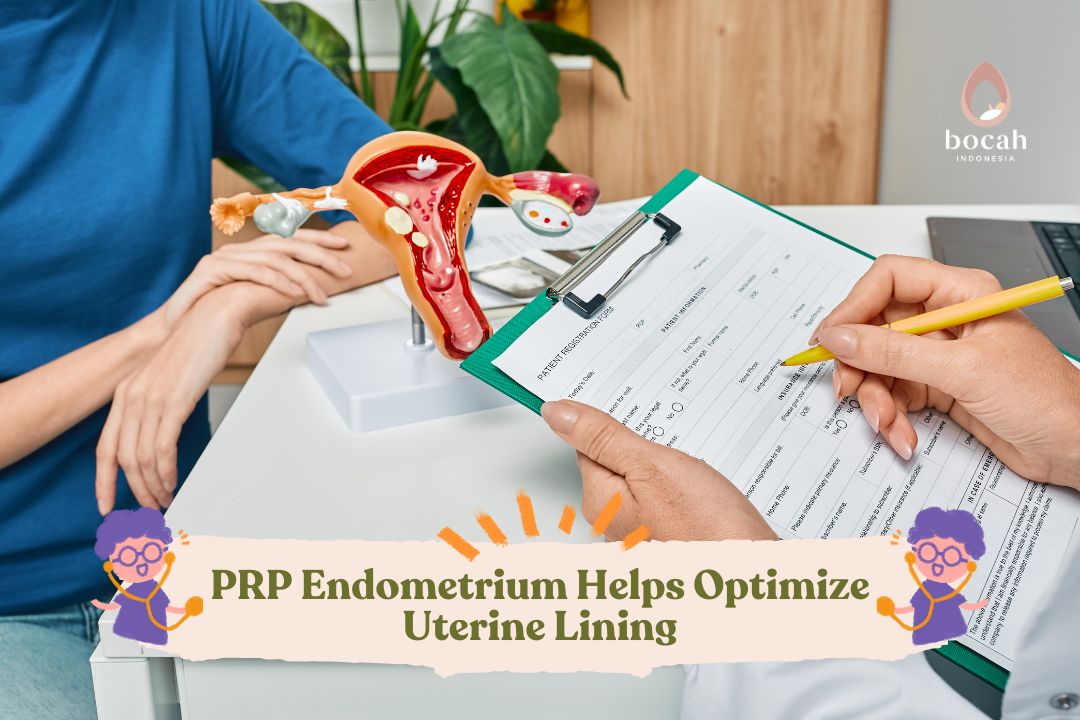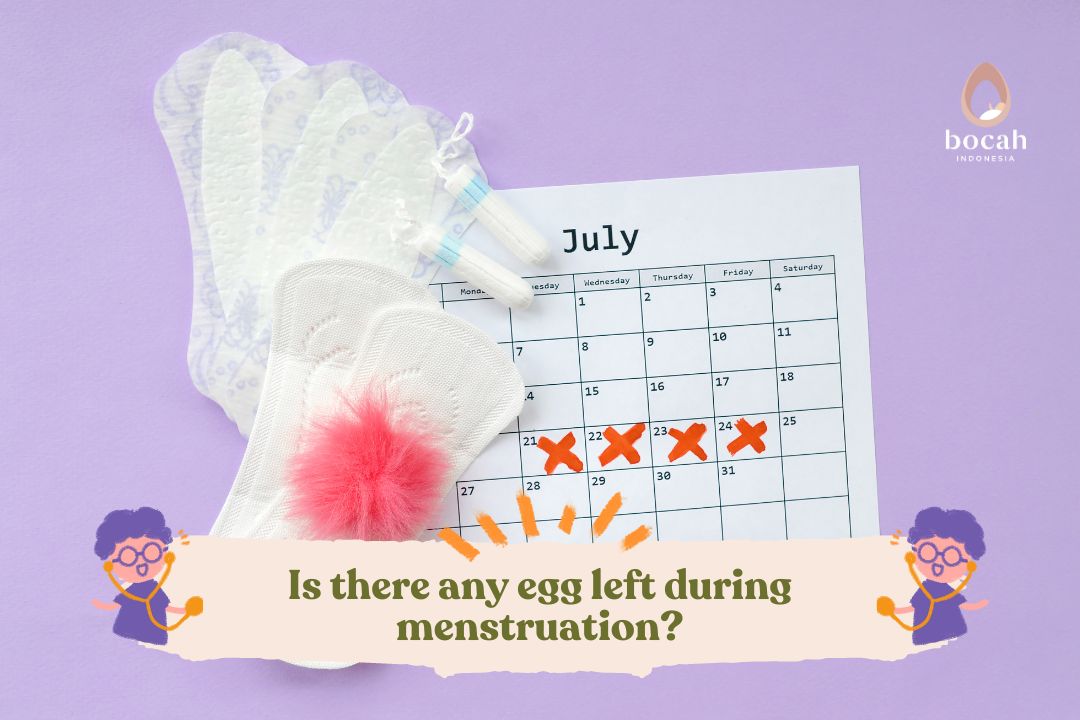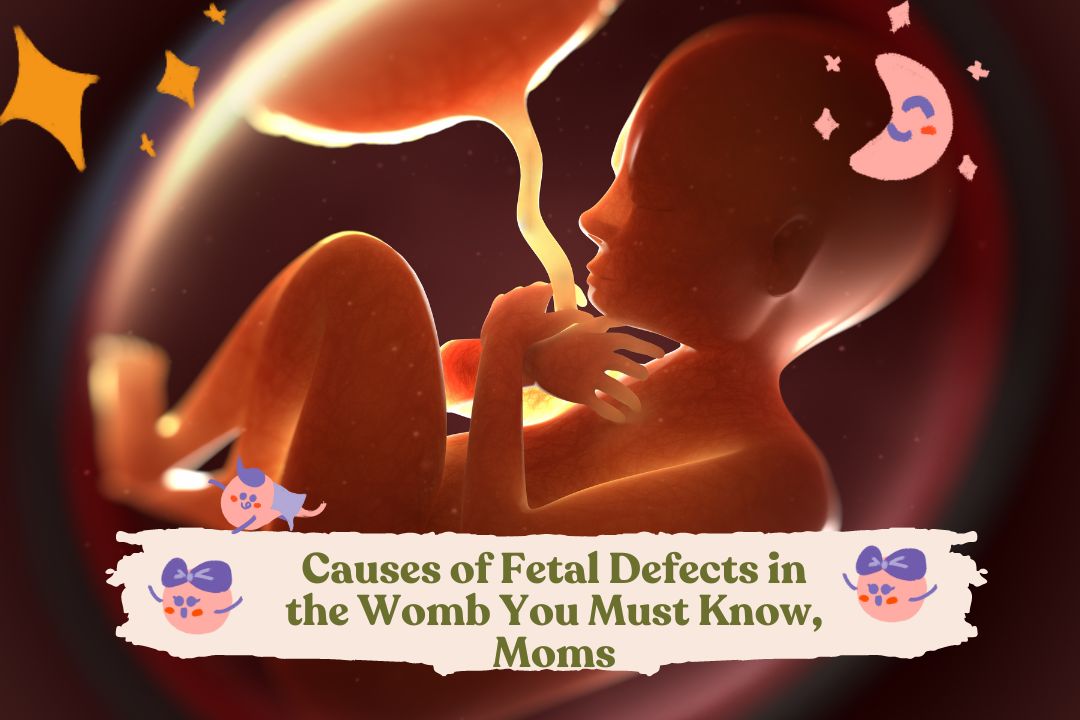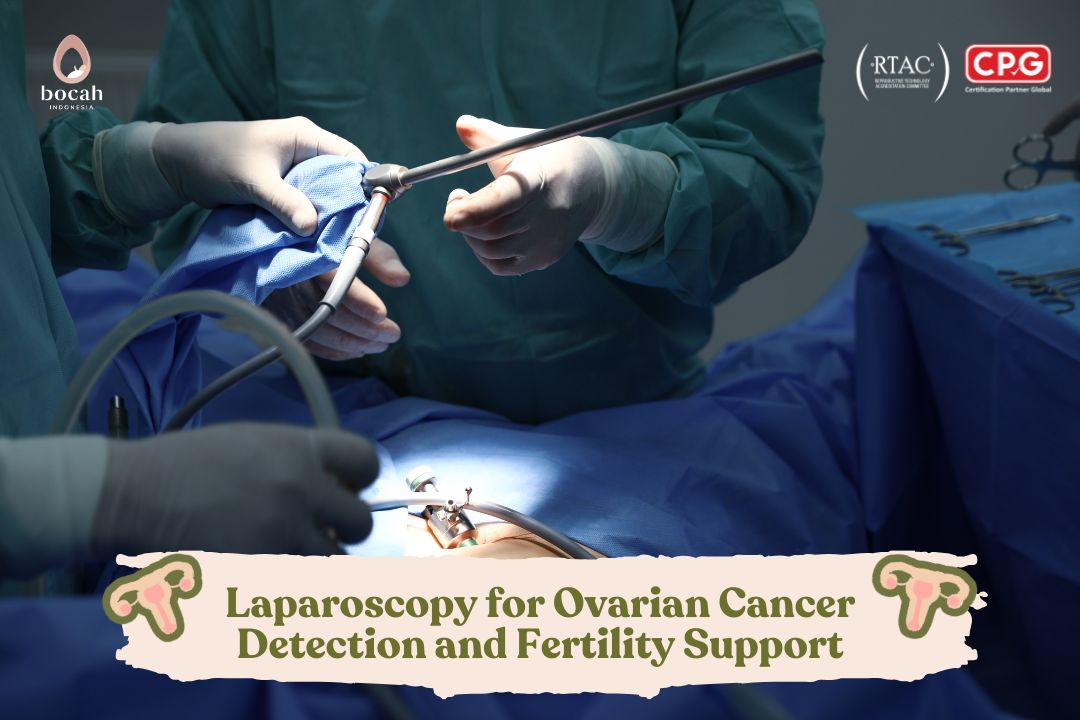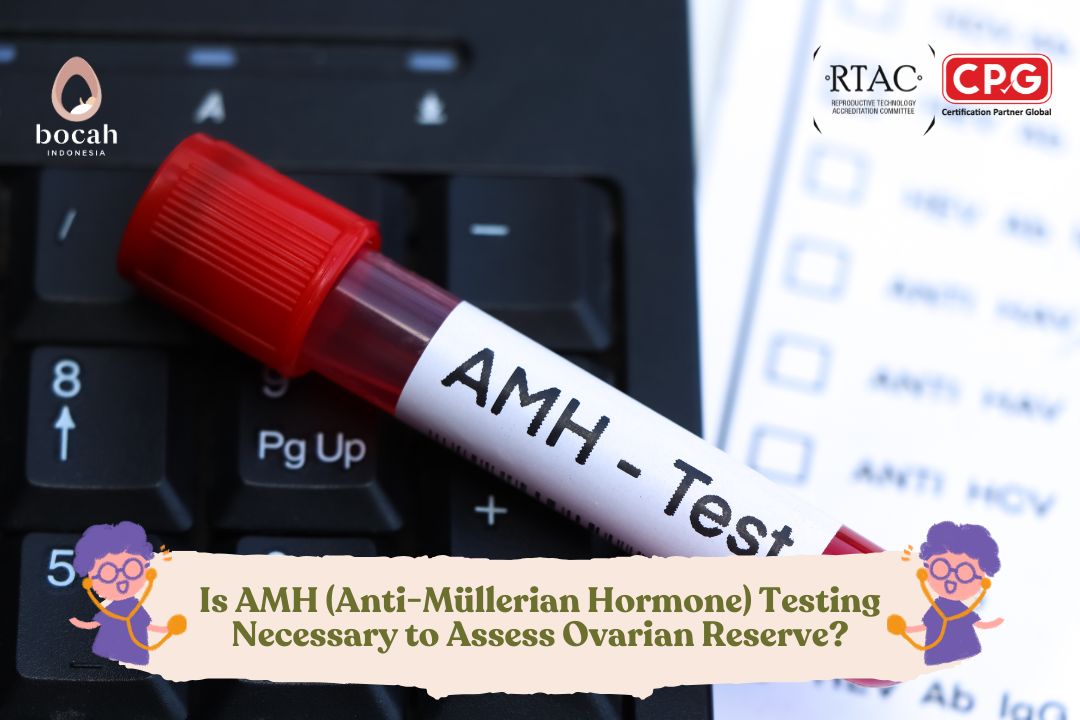Ovarian PRP Helps Optimum Mother’s Eggs

Ovarian PRP therapy is widely used in the reproductive field to help optimise eggs. Ovarian PRP therapy is widely used in the reproductive field to help optimise eggs.
Mom, have you heard of platelet-rich plasmaovarian PRP? One of the medical technologies performed in the field of gynaecology. PRP therapy in gynaecology itself is divided into two, namely endometrial PRP and ovarian PRP. As the name implies, both types of PRP have their respective functions and roles.
This PRP therapy can be done by anyone who needs the procedure. This is because PRP can help to overcome infertility problems in women.
According to Dr. Beeleonie, BMedSc, Sp.OG, Subs. FER, obstetrician and gynaecologist fertility consultant Bocah Indonesia, said that ovarian PRP is not only done for patients who want to do IVF but also for women who have very low eggs.
“Ovarian PRP is not only for IVF, but the costcostis not small for ovarian PRP. So, we want to have a high success rate. So, usually ovarian PRP is typical for those who have very low eggs. Yes, it could be low due to very old age or patients whose ovarian aging processis running fast compared to their KTP age,” said dr. Beeleonie.
Tanya Mincah tentang Promil?
One type of PRP therapy used in gynaecology is ovarian PRP. When should ovarian PRP therapy be done? Let’s see the full explanation.
What is Ovarian PRP and its Role in Infertility?
As we age, a woman’s eggs will also decrease significantly. Basically, the ovaries will release mature eggs to be fertilised by sperm. However, if no sperm fertilises, the egg will shed along with the lining of the uterine wall. This process is referred to as menstruation.
A woman’s egg count differs from one another. The chances of pregnancy are certainly different. However, don’t worry, there are now many medical technologies that help you overcome this condition, namely by doing ovarian PRP.
Ovarian PRP.
Ovarian PRP is a type of medical technology used in gynaecology to help increase the number of eggs in women. Usually, this therapy is performed on Mothers who have a low or low number of eggs.
During the reproductive age, the ovaries will continue to release eggs every month until the woman’s menopause phase arrives. The smaller the number of eggs a woman has, the more it will affect her fertility and even make it difficult to get pregnant.
How is the Ovarian PRP Procedure Performed?
Just like endometrial PRP, ovarian PRP procedure is a simple and painless procedure. The process involves taking the patient’s blood and separating out the platelet-containing blood plasma.
According to Dr. Beeleonie, BMedSc, SpOG, Subsp. FER, an obstetrician and gynaecologist fertility consultant from Bocah Indonesia, said that ovarian PRP procedure is done by injecting plasma into the ovaries with the aim of increasing the number of eggs.
“If ovarian PRP is injected into the ovaries, the goal is to increase the number of eggs. So, it is used in patients who have low eggs,” said Dr Beeleonie.
Here’s the ovarian PRP procedure performed by Mother:
- Mother will have a blood draw
- Mother will have a blood draw
- Then, the blood will be centrifuged to separate the platelets from the blood plasma containing platelets.
- The platelet-containing blood plasma will be injected back into the Mother’s ovary.
- Blood plasma containing platelets will be injected back into the Mother’s ovary.
Need to know, if the platelets contained in the plasma have content that can help the growth of egg cells.
Don’t worry, this procedure is painless because during the process, you will be anaesthetised first
Well, that’s the explanation of ovarian PRP that can help increase egg count. In addition, ovarian PRP therapy also helps improve the quality and chances of fertilisation during ovulation.
Well Interested? This service is also available at Bocah Indonesia fertility clinic,lho.Go, get your condition checked!
This article has been medically reviewed by Dr. Chitra Fatimah.
Source:
- Fraidakis, M., et al. (2023). Intraovarian Platelet-Rich Plasma Injections: Safety and Thoughts on Efficacy Based on a Single Centre Experience With 469 Women. Cureus. 2023 May; 15(5): e38674. https://www.ncbi.nlm.nih.gov/pmc/articles/PMC10243509/
- Atkinson, L., et al. (2021). Intraovarian injection of platelet-rich plasma in assisted reproduction: too much too soon? Hum Reprod. 2021 Jul; 36(7): 1737–1750. https://www.ncbi.nlm.nih.gov/pmc/articles/PMC8366566/


